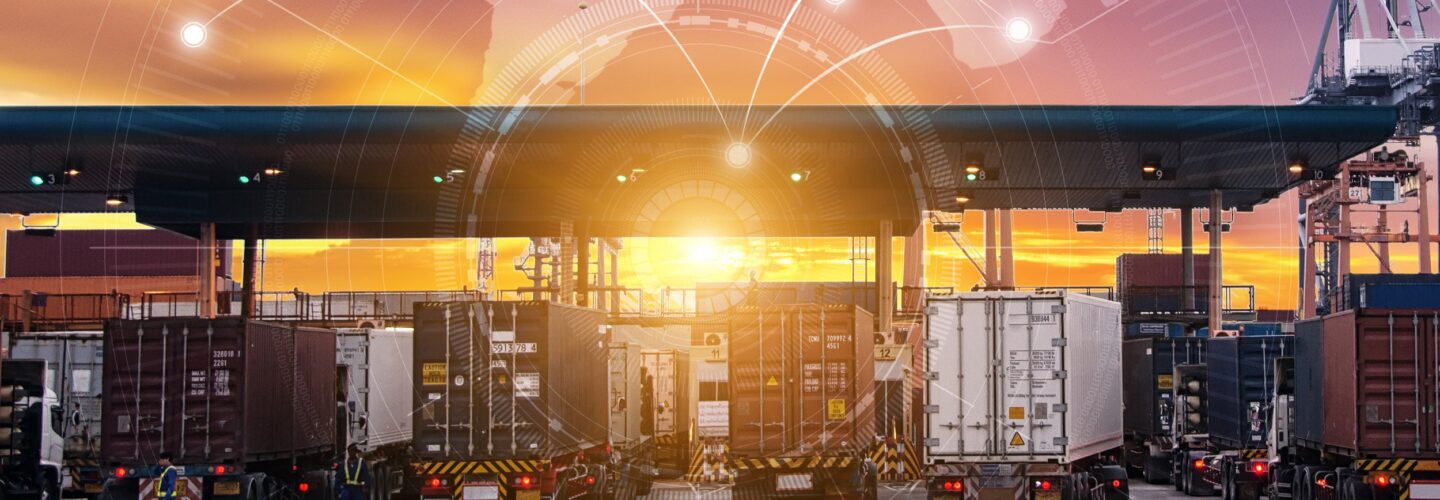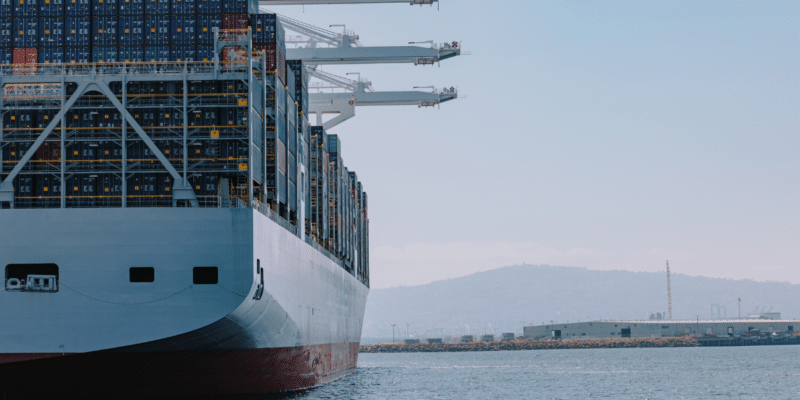Digital Transformation Key to Build True North American Corridor

Originally published on Mexico Business Now
By: Carlos Godinez, VP Business Development, Mexico
Amid international trade wars and global supply chain delays, businesses in the US are increasingly setting up shop in Mexico. This tidal wave of business expansion creates a plethora of new opportunities and with the height of produce season just around the corner, the cross-border supply chain will be impacted with an influx of activity.
It’s important now more than ever to create one united, optimized, and resilient North American trade corridor to support supply chains throughout the region. A seamless North American trade corridor features consistent freight distribution linked by major avenues, such as over-the-road gateways, container ports, rail and intermodal hubs as well as inland freight distribution clusters. These well-coordinated routes can help deliver goods in a timely manner, generate wider economic growth and resilience, and improve the overall quality of the supply chain. However, to achieve a fully optimized North American trade corridor, additional digital transformation is needed in cross-border logistics.
Current State of the Cross-Border Supply Chain
US-based businesses, primarily in the manufacturing sector, are expanding to Mexico for many reasons. Streamlined delivery times, easier shipping and lower labor and energy costs are just a few of the reasons. However, with more businesses now operating in Mexico, new challenges are arising, including complex customs delays and trade imbalance issues.
Increasingly high fuel prices have also created challenges for shippers. Mexico’s fuel prices increased from $22.16 per liter in January to $22.73 per liter in March, a 3 percent gain in just three months. And in April, the price of diesel averaged $22.98 per liter, which was a record high for the country. Shippers are struggling to keep up with the cost of rising fuel, which is an additional unplanned budget expense. In addition to the higher fuel prices, freight rate volatility and tight capacity remain present in the market. Import rates are also increasing as capacity remains tight for cross-border freight. Additionally, shippers are navigating high shipping volumes due to increasing demand and realignment of inventory levels that can create significant shortage or overage conditions.
As shippers navigate the mounting challenges, Free Trade Zones, an area where foreign and domestic merchandise is considered outside the US Customs territory, have risen in popularity. There’s increased interest from US-based businesses to bypass traditional West ports and take advantage of new rail bridges to connect Pacific ports, such as Manzanillo and Lazaro Cardenas. Shippers moving products from Asia to the South, Midwest and Eastern US are also taking advantage of the Free Trade Zone and Recinto Fiscalizado Estratégico (RFE) warehouses within Mexico customs territory.
The North American Corridor of the Future
To make this North American corridor a reality, shippers must embrace technology to optimize routes and navigate security challenges and regulatory developments. One way to achieve this is through Free Trade Zone activities. Shippers can introduce tools that support activity in the Free Trade Zones and RFE to defer taxes and duties. Partnering with a company that has expertise in managing activities, such as intermodal and rail solutions, warehousing and distribution, and customs compliance is key to cross-border shipping and keeping the supply chain moving.
Customs brokerage services also support an optimized North American trade corridor. Managing customs is a critical part of the cross-border supply chain and having a professional customs broker partner to navigate different regulations while providing shipment visibility and control is essential. These services can provide data insights on freight origin, customs clearance and final delivery, which can help to simplify the overall cross-border freight process.
It’s also imperative that shippers have real-time, highly accurate and transparent visibility of their freight at any given moment to ensure goods are delivered on-time and within budget. Having the latest managed transportation solutions will immediately give shippers the visibility they need to make sure their goods are safely and accurately moving across the border.
Within the cross-border supply chain, challenges with security, regulations and economic environment remain. It’s important for shippers to stay ahead of the curve by adapting to these challenges and utilizing the right technology platforms and solutions. By doing so, we can come together and create the logistics flow needed for a true North American trade corridor.



